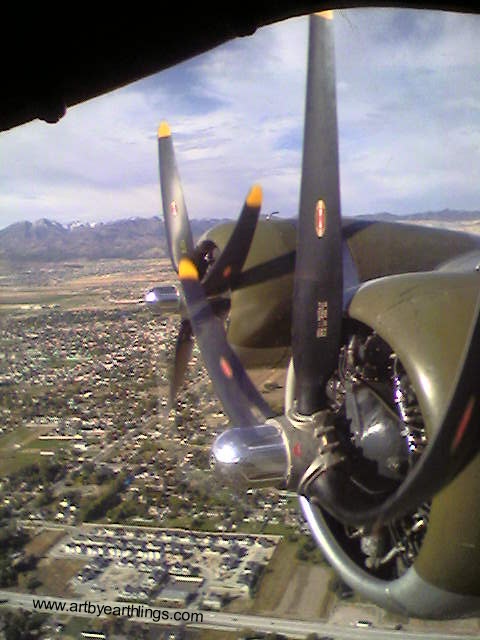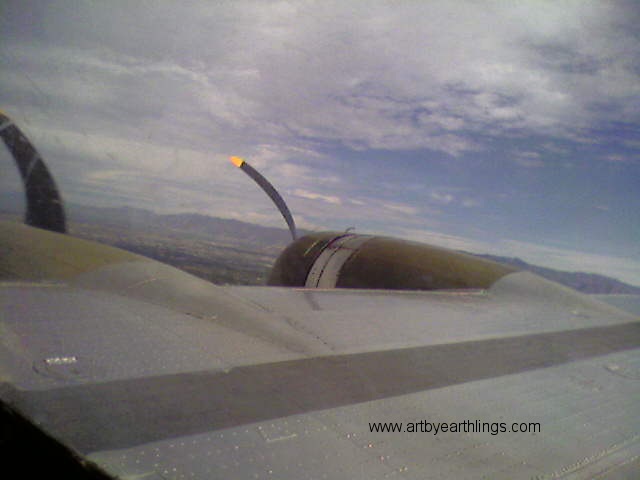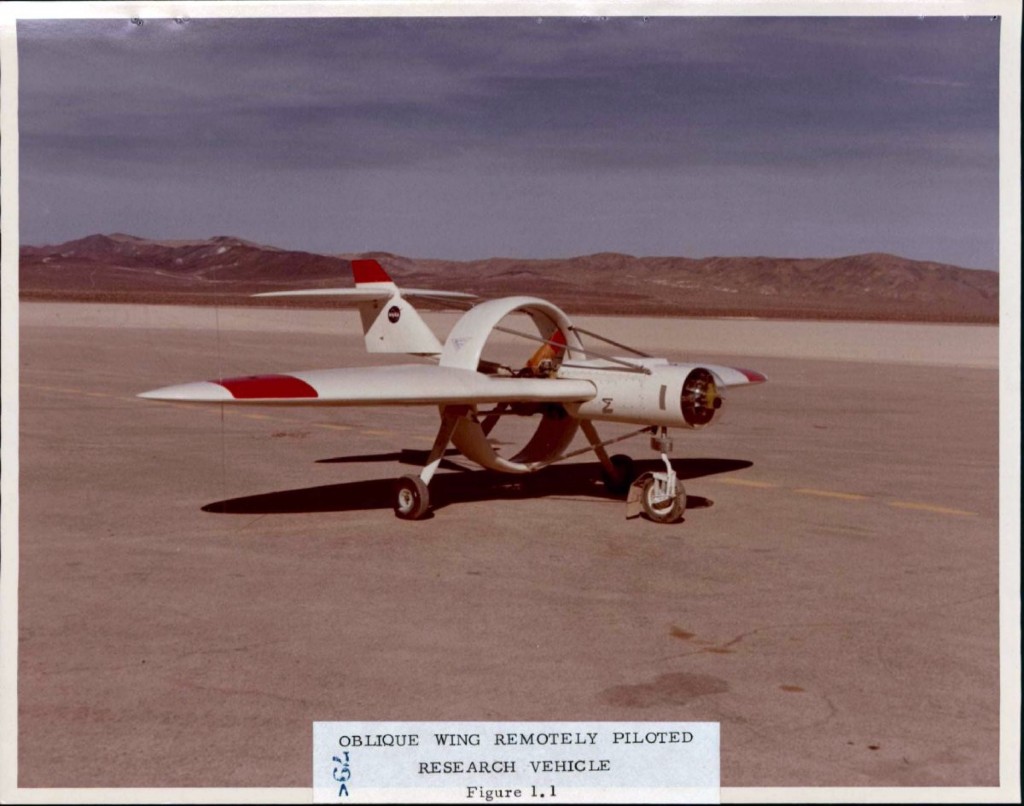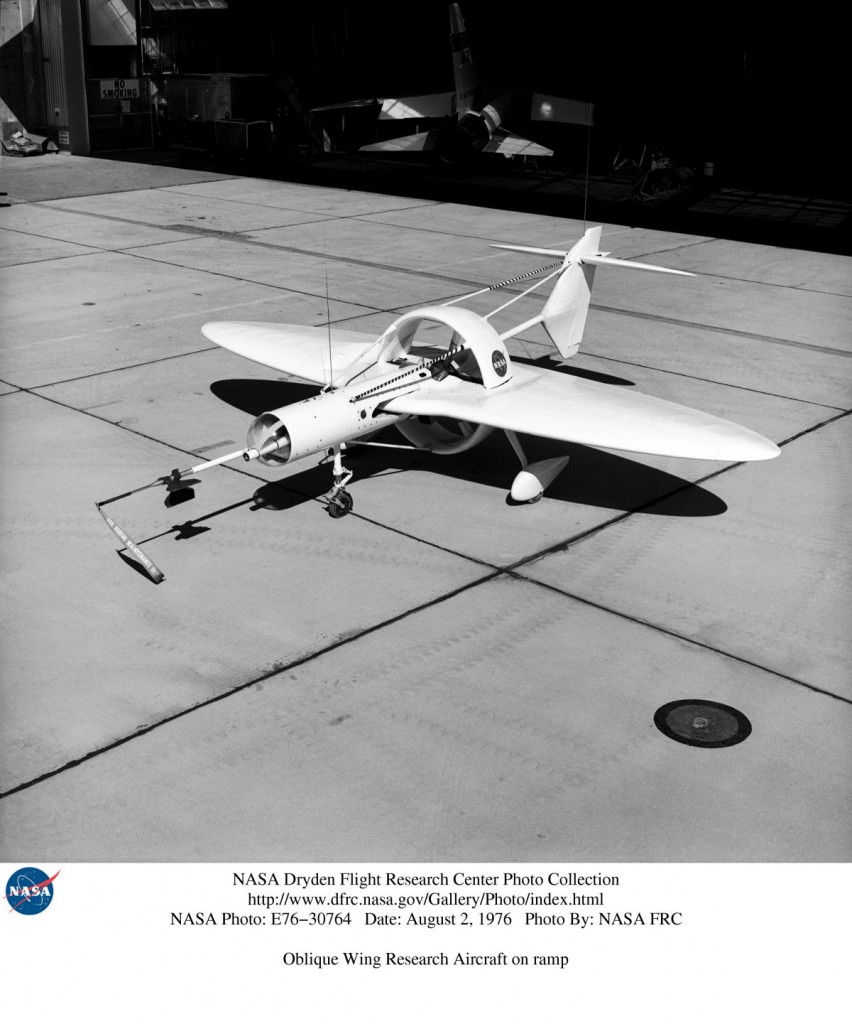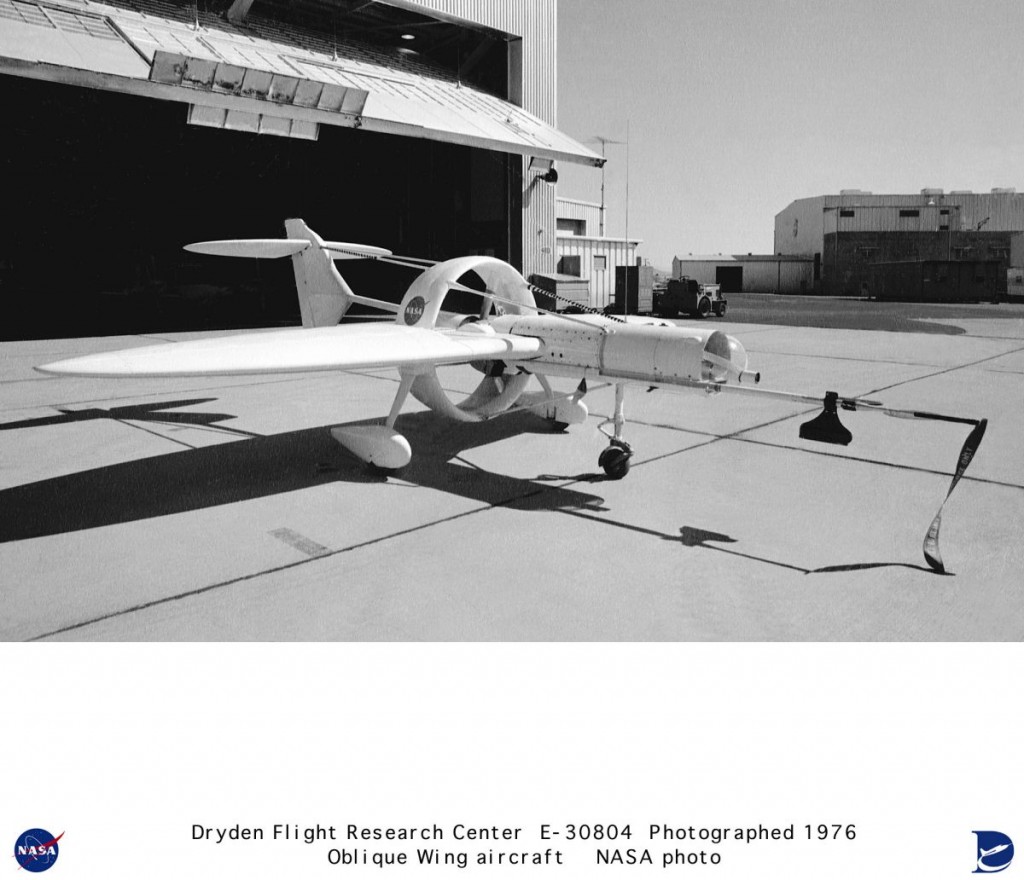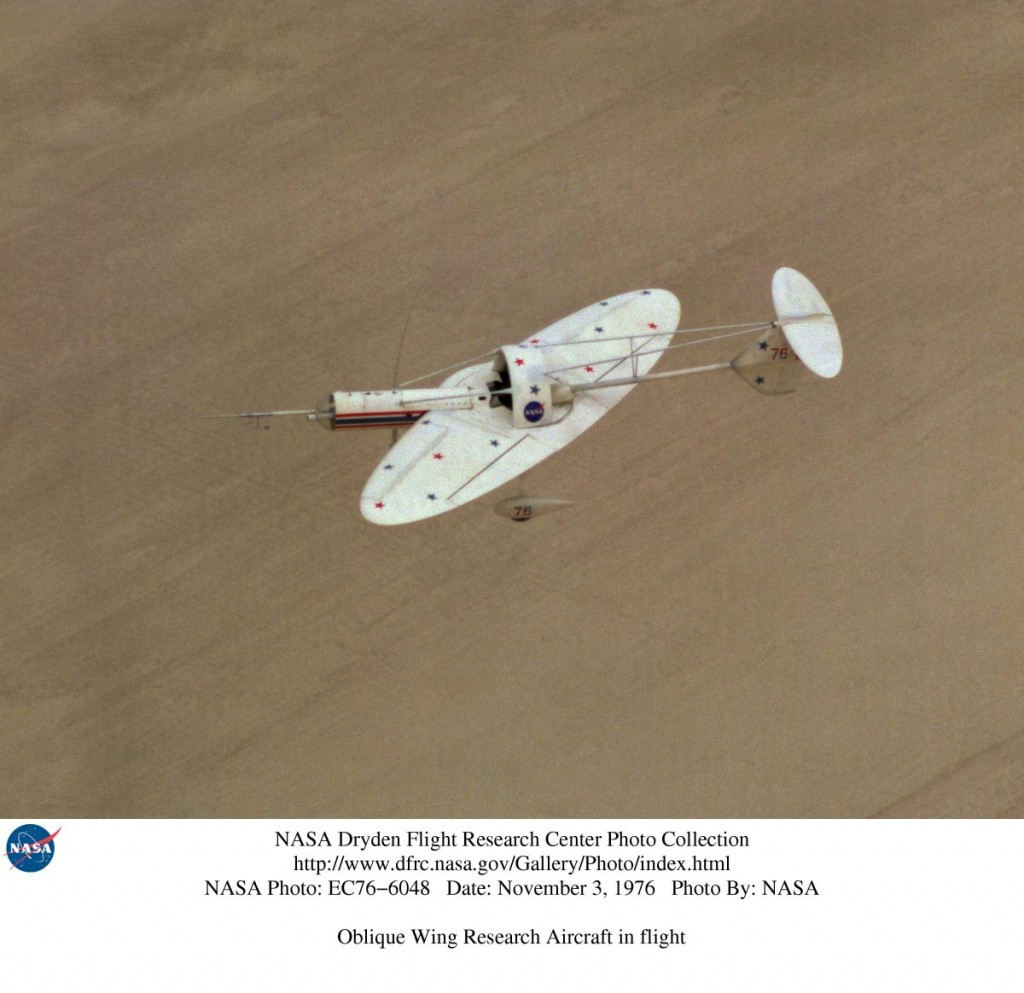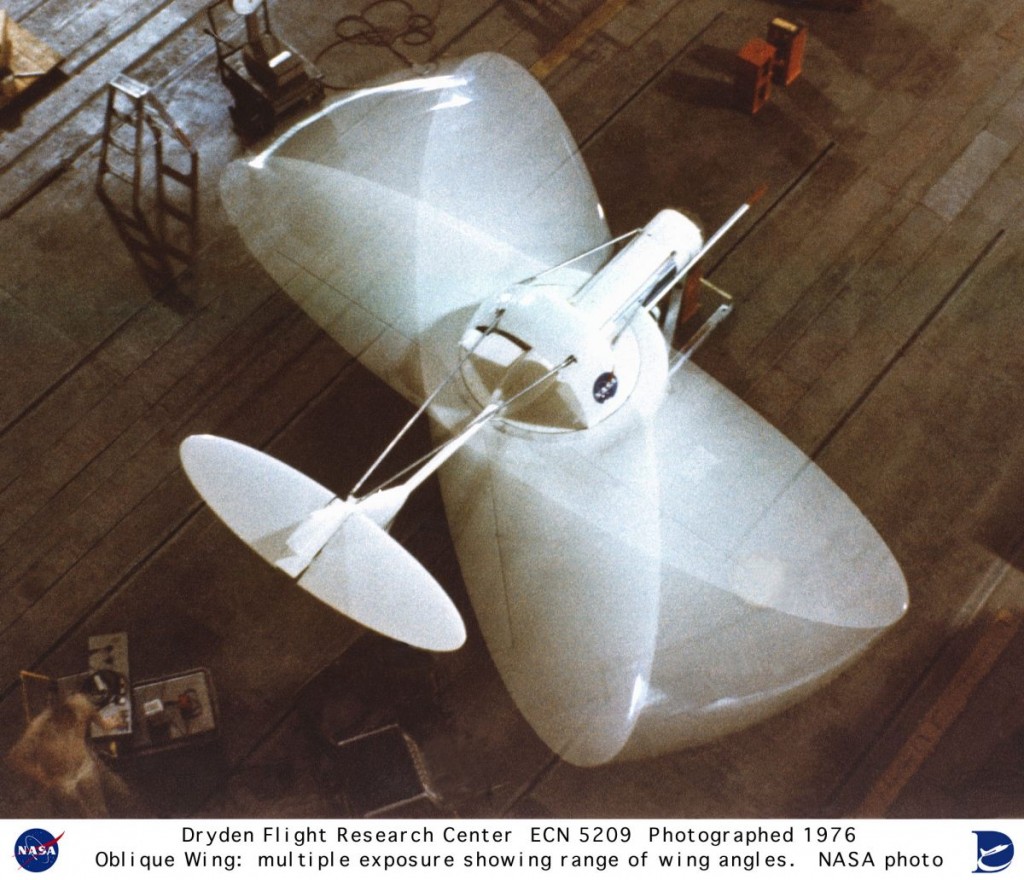A bit less than a year and a half ago, I stumbled across the B-17 Aluminum Overcast purely by chance: I was in Logan, Utah, and saw a B-17 fly over. As anyone would, I drove to the nearest airport, and there it was. I took some photos, and that was about it.
Last Saturday, a visitor pointed out a newspaper article mentioning that Aluminum Overcast was in West Jordan, Utah, and was available to take paying passengers up for a flight the next day. A decision was made (in about a tenth of a second) that we’d reserve a few seats.
On Sunday morning we arrived bright and early… about an hour early. Better early than late, anyway. We were the first ones there, and were alone for a good long while… a bit disconcerting. The B-17 requires a certain number of passengers, or otherwise it doesn’t fly. Not surprising, of course… a four engine bomber pushing 70 years in age is an expensive thing to operate. Fortunately, by the time things started to happen, it was clear that the flight would be full up.
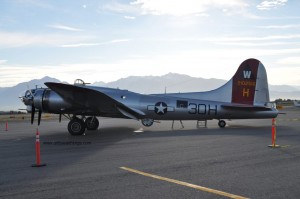
The B-17 is a small plane. While it might’ve been Big And Bad in the early days of WWII, these days it’s really quite dainty. Aluminum Overcast carries 10 passengers, plus three crewmen (pilot, copilot, engineer), and a surprisingly small load of bombs… presumably fake ones.
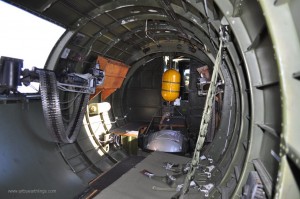
Looking forward from the entry hatch, showing the at compartment where six passengers would sit.
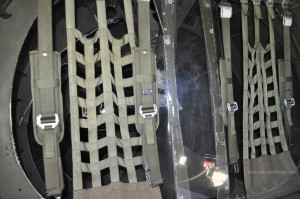
Looking aft from the entry hatch, showing the closed-off entry to the tailgunner position. Sadly, not available for sitting-in.
The first passenger to board the plane gets to sit in the flight compartment, at the engineers station. The next three, including myself, sit in the radio operators compartment. There is a largish window directly overhead… back in the day, the radio operator was sometimes given a single machine gun with which to help swat Messerschmitts out of his sky, but on my flight the window was removed. This left a sizable hole in the roof.
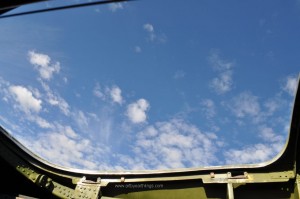
View up through the overhead hatch.
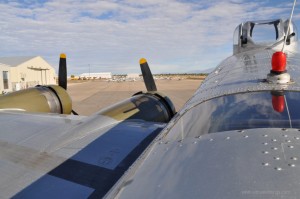
Looking forward from the radio operators hatch. This would be approximately the last time I’d be able to get this angle.
Once everyone was on board and seated, the engines fired up one at a time. The engines sound just like they do in the movies… except they sound real. While I’ve always liked the sound of the Merlin engine in the Mustang best, the sound of a B-17 engine from within the fuselage is not to be sneezed at.
The B-17 is not exactly the cleanest burning of beasts. As soon as the first engine fired up (outboard engine on the right wing), blue oily smoke filled the air. Neat. Authentic !
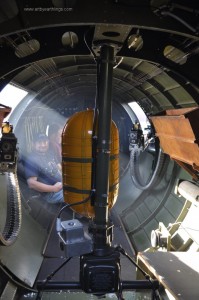
Looking aft from the radio operators position right after engine ignition, showing the smoke-filled fuselage.
Following that came the cliched taxiing out to the runway followed by the takeoff run. If you’re familiar with jetliner takeoffs… this ain’t it. Instead of a “whoosh” sound coupled with a smooth acceleration shoving you back into your seat, the B-17’s engines rumble to a clanking roar, and the B-17 just sorta throws itself down the runway. Compared to jet transport, it’s about as smooth as throwing a coffeecan full of bolts down a flight of stairs.
The passengers of course had to stay seated and belted in until after the plane was in the air, after which we could get up and wander around. While it was certainly LOUD, the open hatch overhead was not the screaming maelstrom of nightmarish winds I might’ve thought. In fact, there was no real wind at all so long as you stayed inside the contours of the aircraft; and even a few inches outside, the environment was pretty smooth. But it went from “no wind” to “oh, crap, the wind just ripped my camera out of my hands, bashed it against the rudder and showered shattered bits of camera and control surface over Utah Lake” within a distance of no more than two inches. As a result, I could get good shots aft, okay shots to the side, and no shots forward. To do forward shots, I would’ve needed to stick the camera well above the upper surface… and with a wind speed of maybe 140 miles per hour, the drag on a good sized camera amounts to a “metric shit-ton,” and I was simply unable to hold the camera in position to get a forward shot. Oh, well.
One of the neat bits was the ability to go forward to the glazed nose. To get there you have to pass through the bomb bay, crossing a narrow catwalk. At the forward end of the bomb bay is a narrow V-shaped passageway.
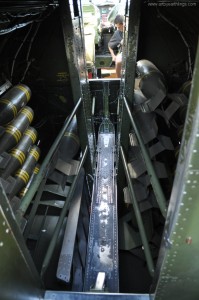
Manifestly NOT “fat-guy friendly.”
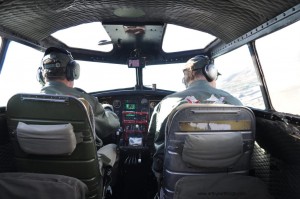
Forward of the bomb bay is the cockpit. A nice place to visit, but you wouldn’t want to pester these fellers while they’re on the job.
If you duck down below the cockpit, you can get into the bombardiers position. Given the small size of the B-17, the nose is surprisingly spacious.
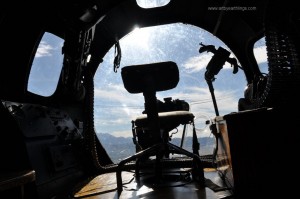
The glazed nose was liberally bugsplattered, making forward photography problematic. Can’t blame the B-17 or its crew for that… try driving a car around here sometime. Clouds of bugs spring up out of nowhere, especially near the lakes. Oh well…
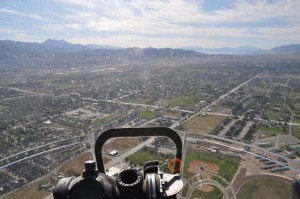
The total flight time was half an hour, with about 20 minutes for wandering around. With ten passengers, this meant only a few minutes per passenger up in the nose.
After an entirely too short a length of time in the air, the plane came back down to the runway, taxied back to its spot and the passengers left the plane. Oddly, I was the last one off… sticking around a bit to take a few more photos.

On the whole, the impression the plane gives is that of “power.” As there is absolutely no effort given to mute the engines or insulate the airframe, every last bit of noise or vibration comes through loud and clear. And while that would be damned annoying in a means of transportation, it’s nothing but pure awesomeness in a ride like this.
